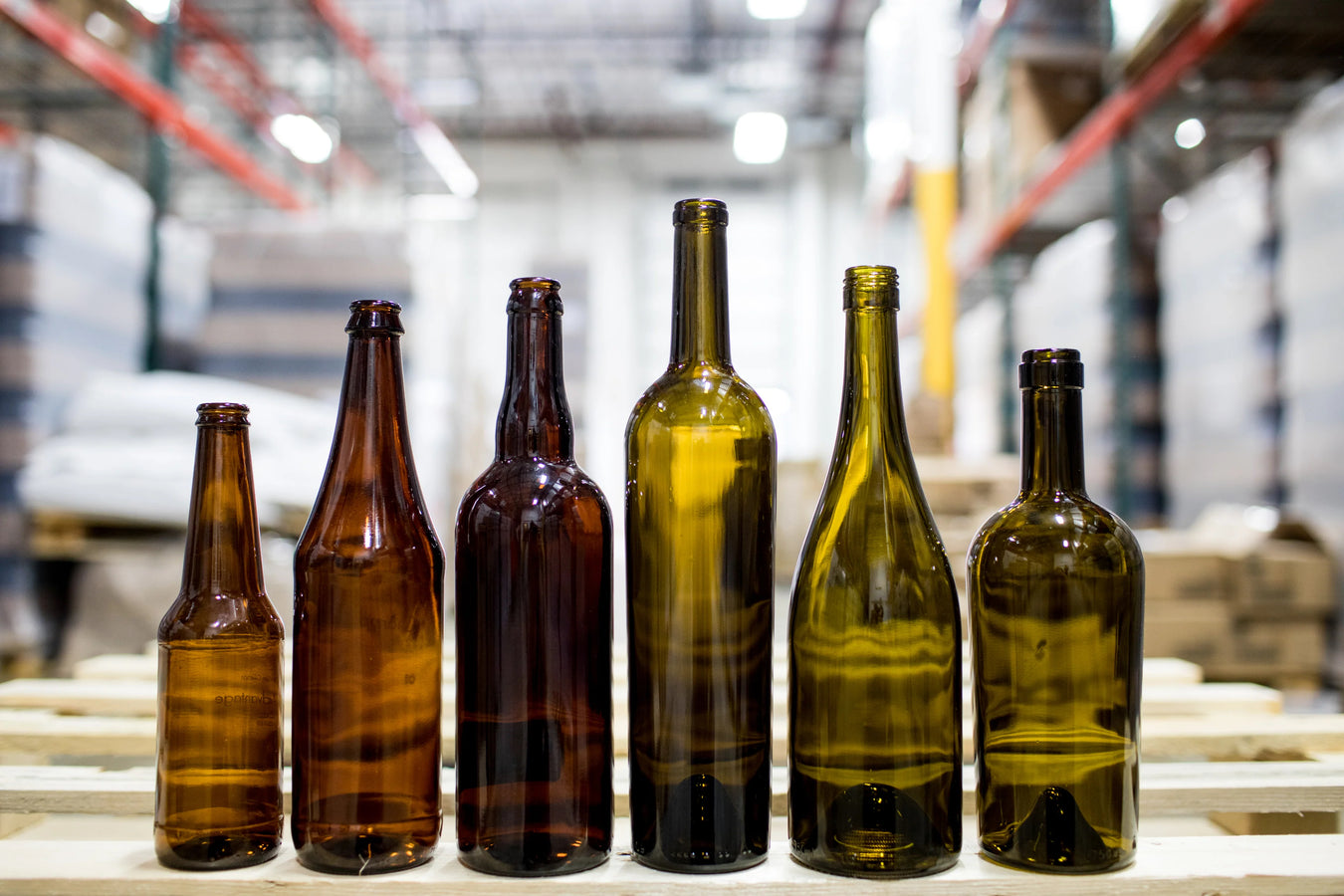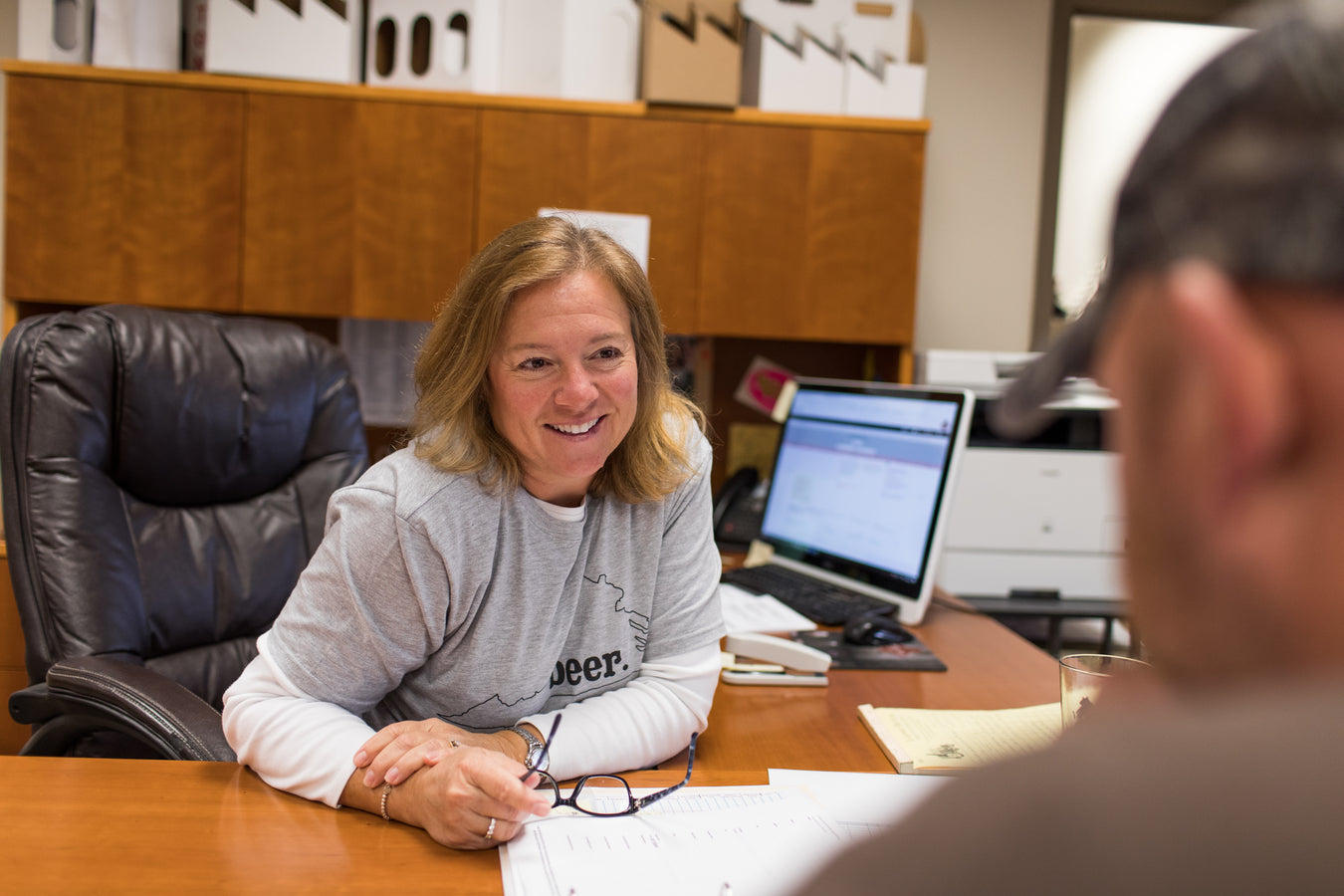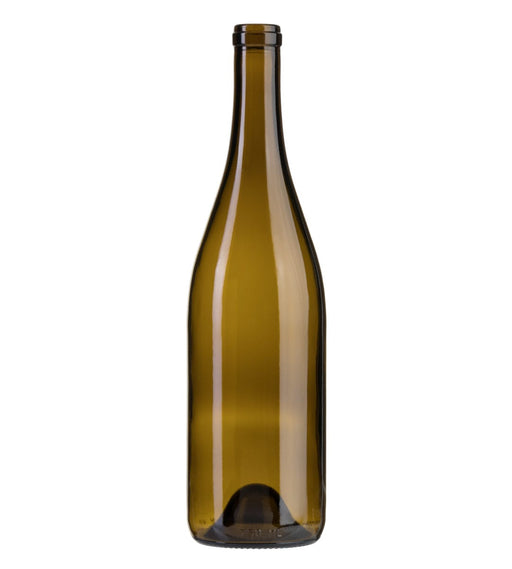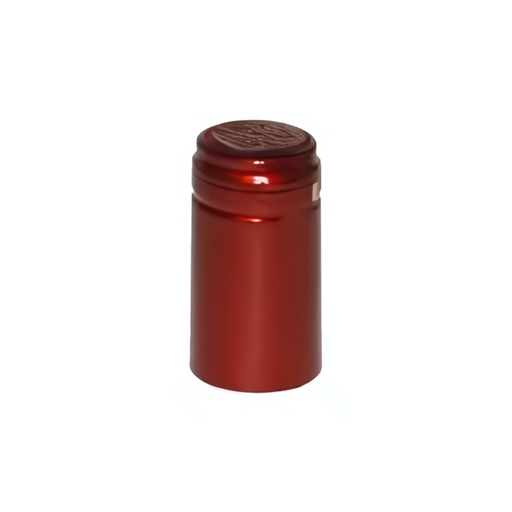Preparing For Bottling
We take the headache out of bottling on-site, however we do have some requirements to ensure the best process possible. Please read through the following requirements prior to booking your mobile bottling appointment and contact us if you have any questions. The truck will typcially arrive by 7:00 am and the winery should have all staff ready to go by 8:30 am. Already booked? Fill out the Wine Specifications form here.
Winery Responsibilities
- Prior to bottling day, the winery will need complete wine filtration; wines that will be sterile filtered at bottling must be sterile filtered (EK) by the winery. The bottling line provides additional sterile filtering using .45 micron membrane filters to protect against any possible variables or potential contamination between the initial filtration at the winery and completed, bottled product. Ask us if you have interest in filtration prior to bottling day.
- The winery will need to ensure wine entering the line is approx 60° F. This is particularly important during hot summer months.
- On bottling day, the winery will provide physically-capable staff to assist the bottling truck (a minimum of five individuals are required, six is recommended). This staff ensures the bottling process goes as quickly and smoothly as possible. One winery staff person will place cases of bottles onto the unscrambling table, one will pack bottles into empty cases, two will label cases, date stamp each case, and stack cases onto pallet. A machine will tape the cases.
- Provide a forklift and trained operator, or make other arrangements to manually place pallets of empty bottles on the bottling line pallet rotator lift.
- Provide a hose to transfer from wine tank to the bottling line with a standard 1 1/2″ tri-clover fitting
- Provide potable water for bottle rinsing (a garden hose works for this purpose)
- Provide gas for sparging empty bottles (carbon dioxide or nitrogen are most commonly used). One large cylinder of CO-2 is sufficient for 1200 cases of cork bottles, while one large bottle of nitrogen will sparge 500 cases of cork bottles. PLEASE NOTE – stelvin/screwcap closures are sparged an additional time, so one large cylinder of CO-2 is good for about 900 cases and one large bottle of nitrogen about 375 cases.
- Provide minimum of 5 team members to assist on bottling day, for loading, packing, palletizing.
The winery should double-check supplies prior to make sure boxes contain the expected supplies (bottles, labels, etc) to prevent bottling delays. Don't forget that if you buy bottles from us that we use on the truck you receive a $0.25 discount per case.
Payment is due upon completion of bottling, please be prepared to handle this in a timely manner.
Label Specifications
- Labels are to be printed “copy position four (4)”, wound on a three (3) inch core, and each finished roll will be thirteen (13) inches in diameter when possible. Customers may be billed $10 per label roll for excess rolls if roll diameters are not maximized.
- Front and back labels may be on the same or separate rolls.
- Label size is really just dependent on what will fit on the bottle, if you have questions talk to your saleperson or call us!
- Remember, the labels must be placed on a flat surface or face of the bottle.
- Proper pressure sensitive adhesives are critical. Wine & Beer Supply strongly recommends the use of AT-20 as an excellent all-conditions adhesive.
- The labels must have a space between each label for electric eye sensing. This gap is normally 3-4mm or 1/8 inch.
IMPORTANT: Choose a printer that has experience with wine labels! The workmanship for this task is critical to bottling production. It is imperative that wineries use the appropriate type of label for our machinery, please read the above conditions carefully.
All services are subject to Terms and Conditions








